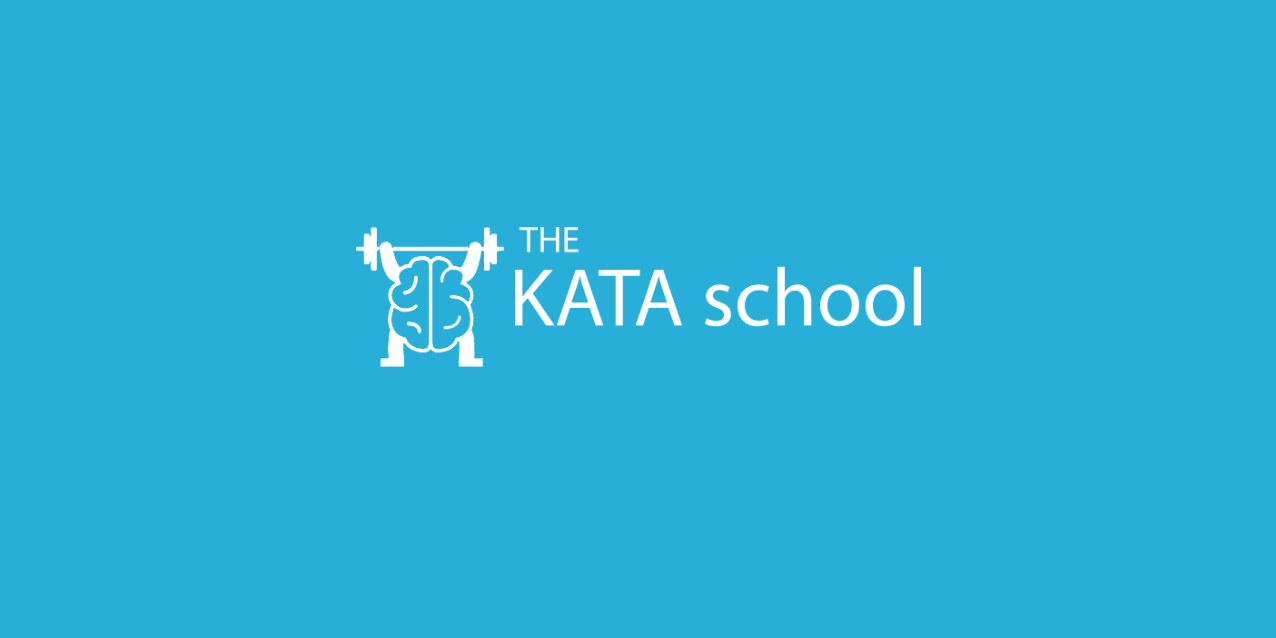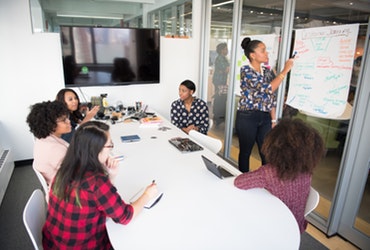
Why Do We Need Toyota KATA?
Frans Plugge 26/07/2017

We probably will not find a company in the world that is fully satisfied with the results of their continuous improvement activities and Lean culture implementation. In most cases, once the initial results arrive, the issue of their long-term sustainability appears. Many companies have introduced some Lean approaches (5S, Kaizen,…)several times. A special target area is the rate of people’s involvement in the improvement activities. Mostly it is a small group of people who often divide their work between the target area of improvement and their daily routine. We spoke with Tilo Schwarz about solving these issues.
Tilo Schwarz is a management trainer and KATA coach who leads the managers during corporate culture change projects towards continuous improvement.
What were your first Lean steps when you started your career?
I started my personal Lean journey when I joined Festool in 2003. At that time Festool already used many lean tools and had a production system in place so I started with Lean in the same way probably many others did by copying the Lean tools from the Toyota Production System.
How successful was it? What worked and what didn’t?
Over and above the success we generated, we realized more and more, that it was hard to keep results from the improvement workshops sustainable. We also realized that only a few people where really driving the improvement process. This limited the impact and speed with which we could make progress. And, last but not least, we were running out of solutions. We thought we had copied everything available from Toyota.
Finally we came to understand that we had to switch our focus from the visible solutions and tools to the ability and mindset below the surface. We also came to understand that, in order to really make improvement part of each persons daily work, we would foremost have to change our focus and behaviour as a management team.
How did you start your cooperation with Mike Rother?
I got to know Mike in 2007 when he shared his thoughts about the way managers at Toyota where managing. This sat perfectly with the obstacles and questions we were facing in our Lean journey at Festool at that time. So my management team and I started experimenting with the management pattern Mike had uncovered at Toyota and which we today call the Toyota kata.
What have you learned from Mike?
When I was struggling with the question of how to really make improvement continuous within my team, Mike showed me how it is possible to establish new behaviour patterns through kata. Culture is the sum of common behaviours. If we want to enable a culture of continuous improvement, we need to change the existing behaviours, especially in management. Mike showed me how to do this.
How do you define Lean and why is Lean still important?
Lean is constantly striving for the next challenge in every process and enabling people to master the challenge.
Which company can offer the best example of Lean implementation. Is it Toyota?
I think we should stop benchmarking. Each company is in a different situation. When we copy we will, at best, stay one step behind. Also when we look to other companies we just see the tip of the iceberg. Their solutions and tools. This is why in the Lean community we have, for so long, continued to copy Lean tools. The Lean tools only provide a ‘what’, a solution that at best will deliver mediocre results in our individual circumstances. With the kata we have, for the first time, a ‘how’. A ‘how’ to find our own solutions. This is what we should strive for. Creating teams and organizations that have the ability to find ever new solutions for their specific situation. Then we will reach true excellence.
How do you describe changes in management between the last decade and today?
As we are facing more and more volatile market conditions, a world where global interdependencies have increased and technological development has reduced hurdles to enter a market for new competitors, the focus of management must change. It’s not about who has the best solution today but who has the most ability to quickly adapt and continuously innovative. The focus has changed from content to ability. The ability of people has become the decisive competitive factor.
What is role of managers and leaders in Lean?
If ability is the decisive competitive factor, increasing problem solving ability throughout the organization by training everybody in the improvement kata and making continuous improvement part of their daily work at all levels, is the number one management task.
What are the biggest problems in changing the management mindset?
Managers get paid and promoted for getting things done. That is why we so easily fall into the trap of doing things ourselves, or at least getting things done our way, using our solution. Doing this creates teams that are dependent on their manager and in turn the manager inherits the bottleneck and everybody gets frustrated. Never the less, we are so used to this that we feel uncomfortable in giving people self-control and letting our grip on the solution go.
Why it is so hard to engage people in improvement?
First, because we have focused for so many years on the Taylorian approach. Split work into ever smaller pieces, scientifically define best practice as a standard and train people, first and foremost, to keep to the standard. We have trained people to focus to keep the status quo. Secondly, when it comes to problems, we have promoted those that are quick to provide solutions. We are a bunch of solution oriented firefighters. This is quick when we face problems we have experience with but impossible for improving towards challenges in the ‘unknown’ zone where we have no prior experience and therefor no solution. It is sad but people and whole companies trained for finding quick countermeasures get stuck with the ‘this is impossible’ mindset when facing real improvement challenges that need breakthrough innovation. They don’t see any other option.
How do we practically support people?
To enable teams and individuals to continuously improve their processes and reach challenging goals, management needs to do three things:
1 Give direction by establishing a long-term vision and setting process targets aligned with the vision, instead of setting result targets by establishing the challenge generator.
2 Increase problem solving ability with the improvement kata by training people on the job.
3 Enable self-motivation by truly giving people self-control over their solutions for improvement and making improvement a habit through daily using the coaching kata at all levels of the organisation.
What is your message for the management conference in New Zealand?
We need leadership that plants orange trees, not management that extracts the last drops of juice from picked oranges.







